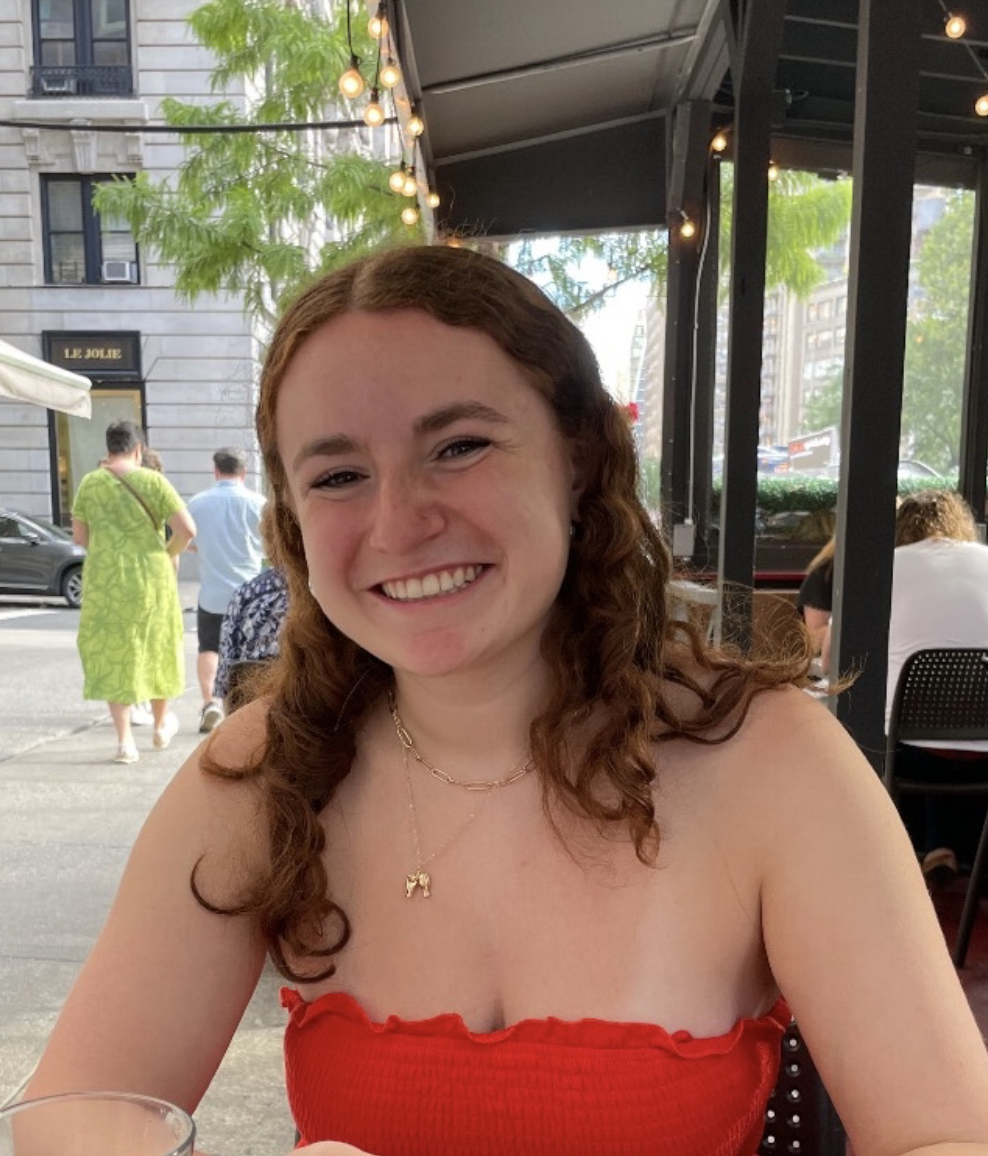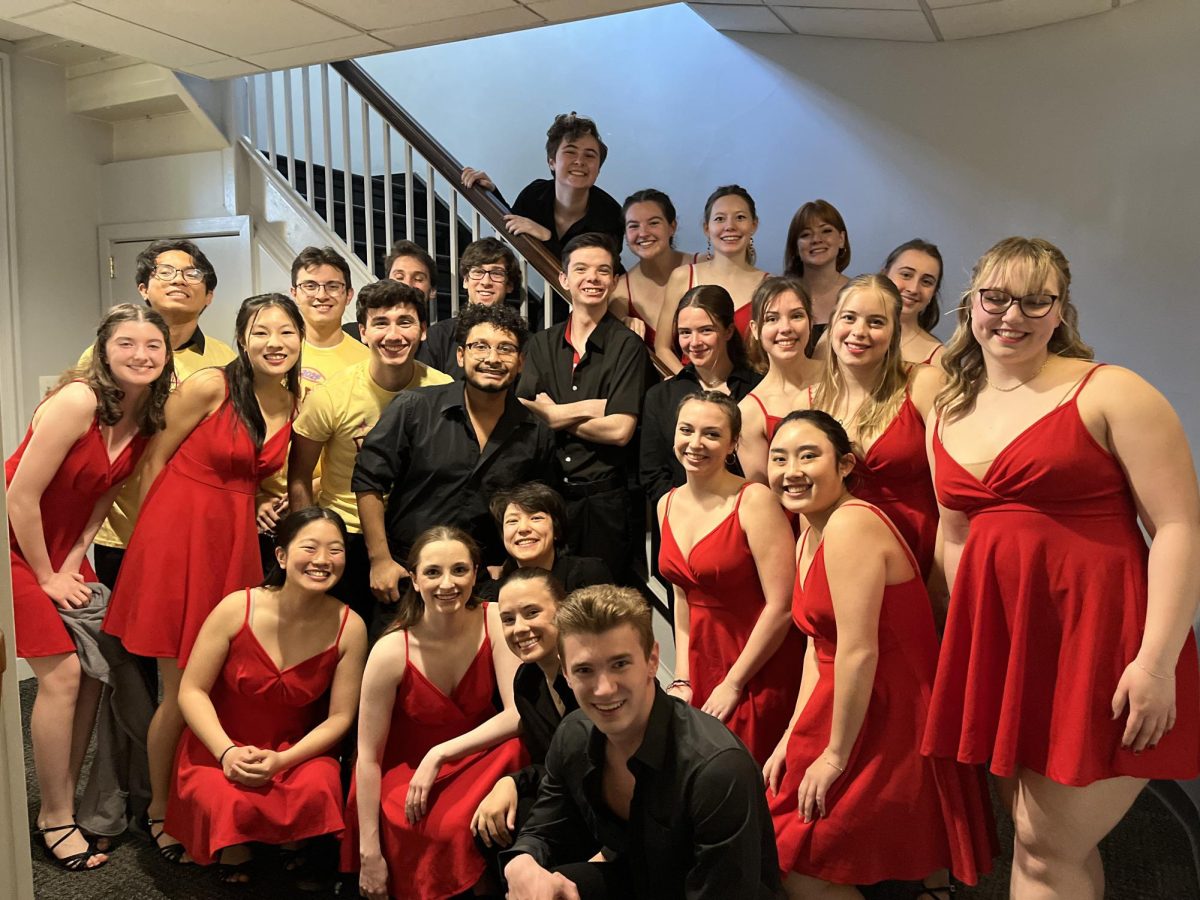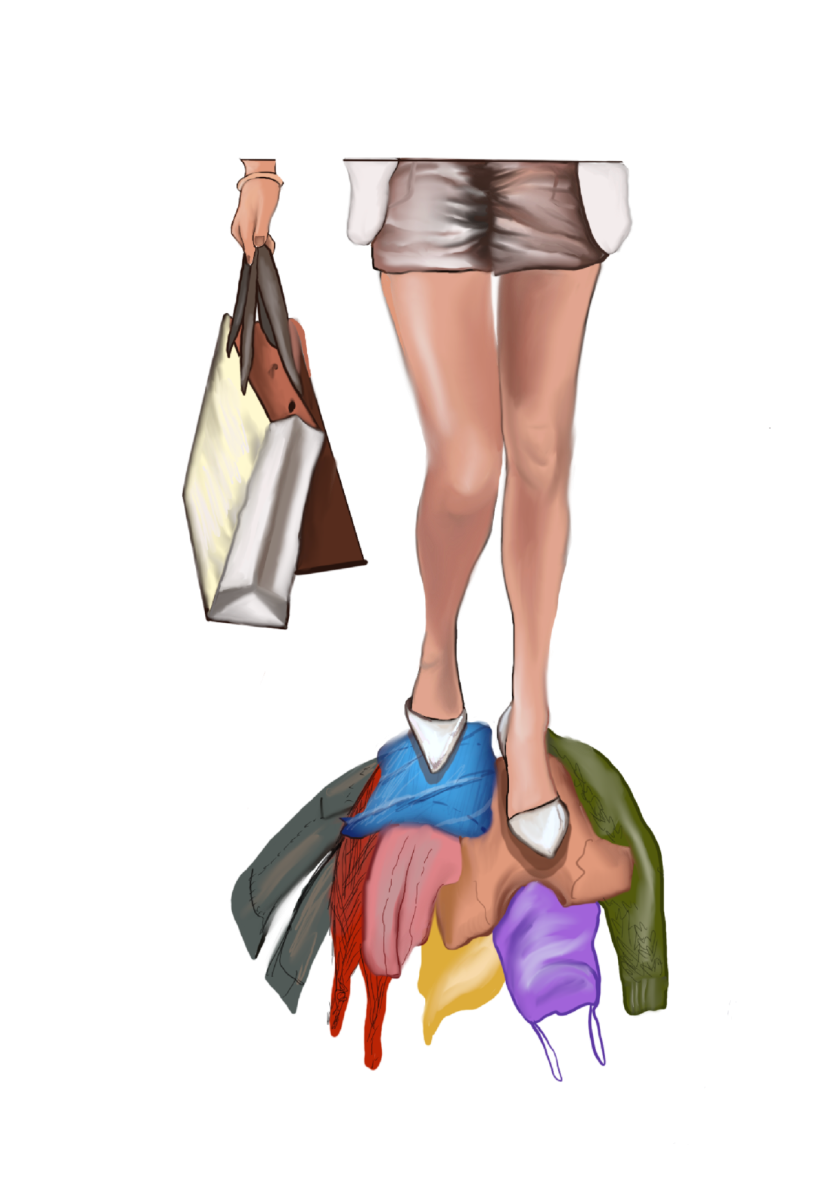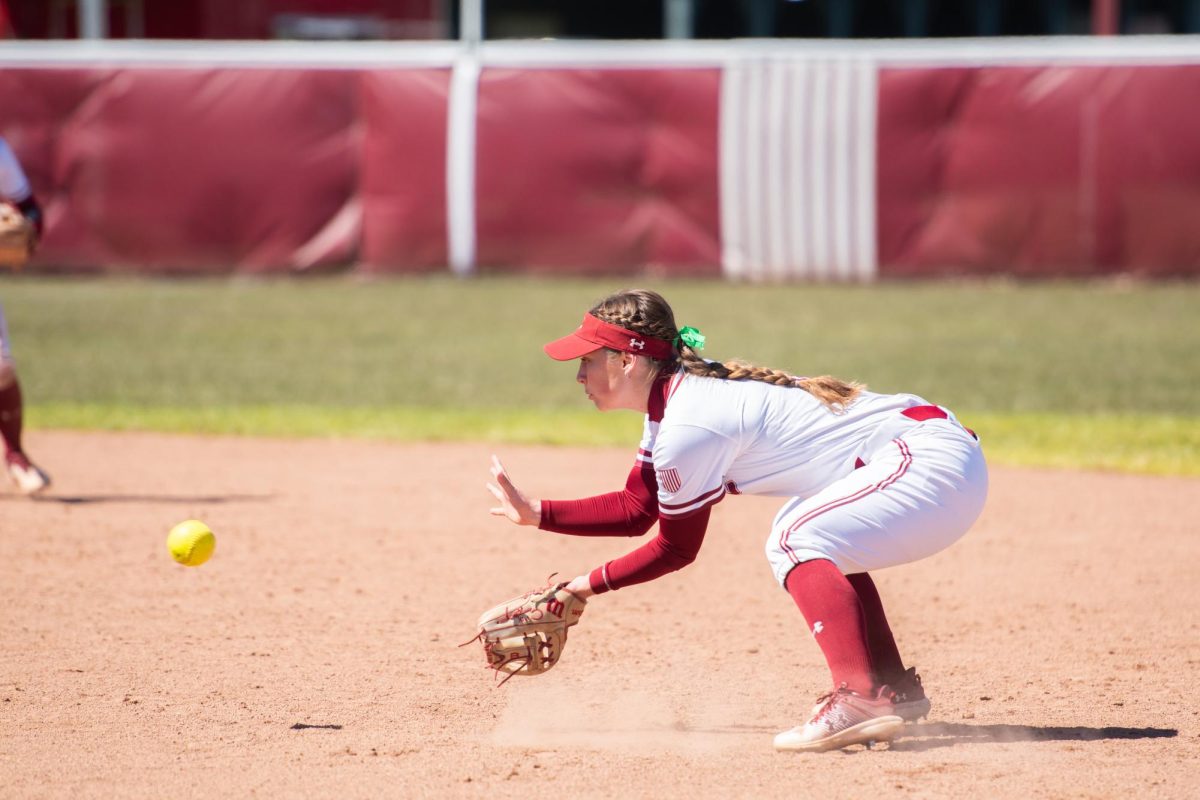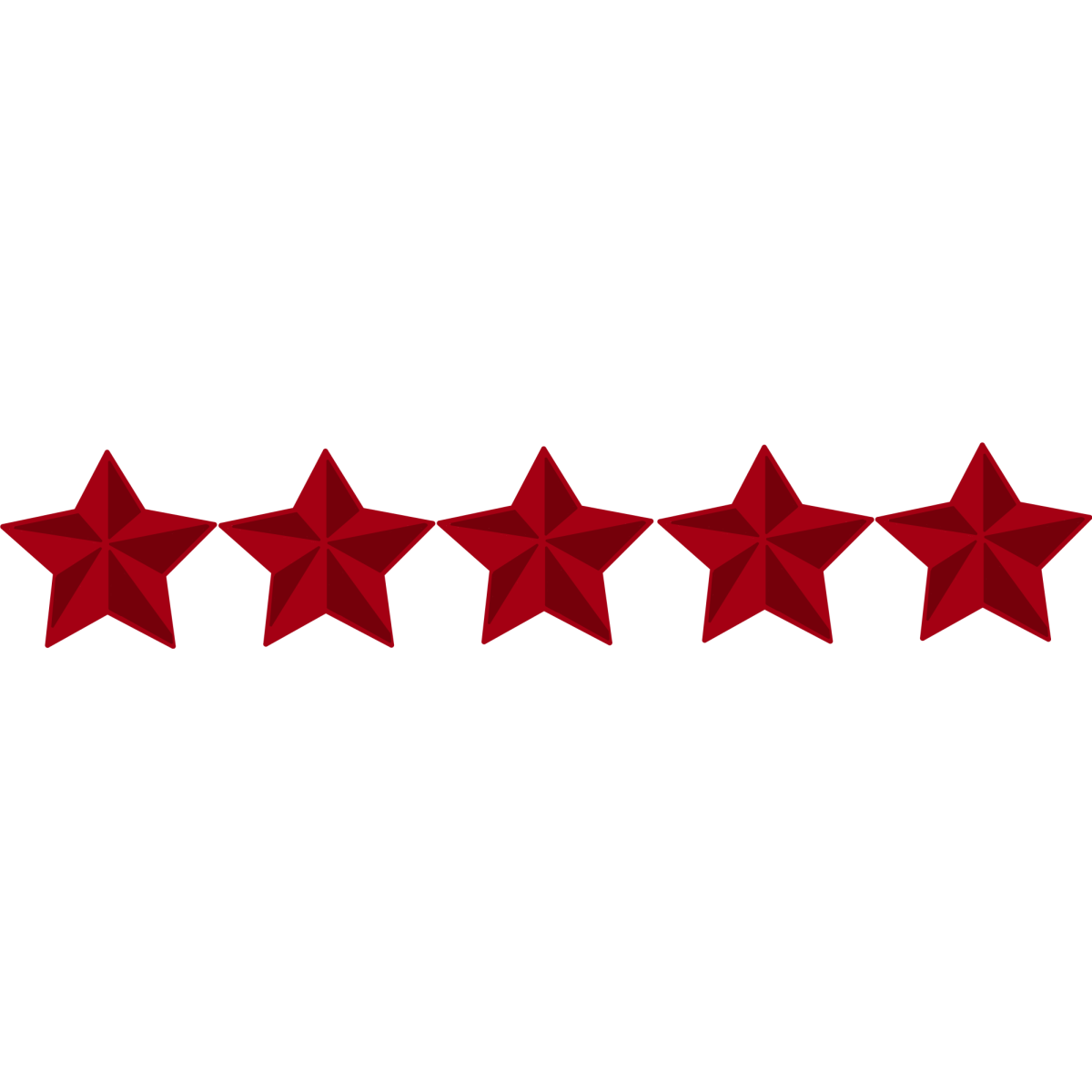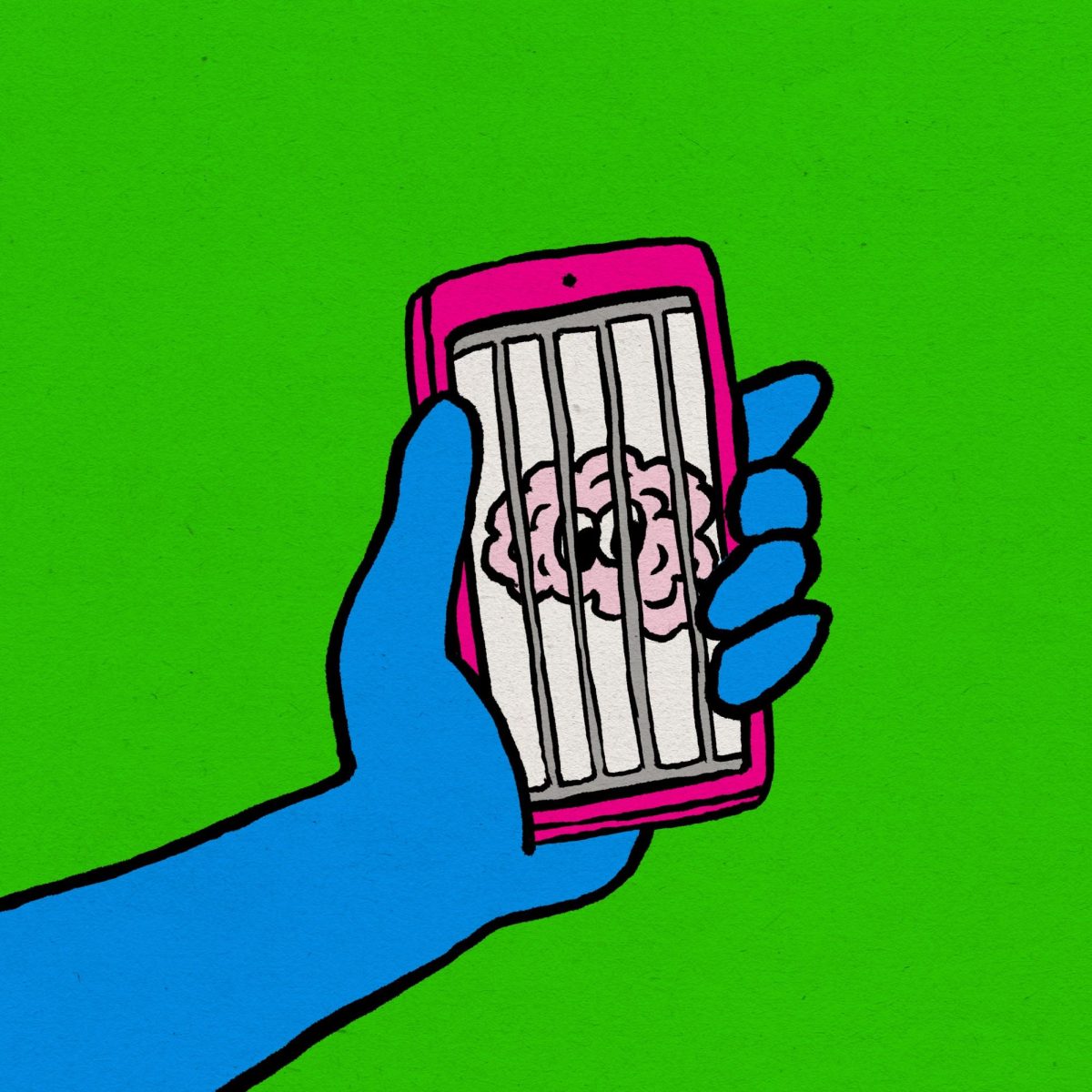For centuries, Colgate University has been collecting historical materials and archives that are all held on campus in Case-Geyer Library. The Special Collections and University Archives (SCUA) departments function as a beautiful blend of both a library and a museum.
The Special Collections department is home to approximately 13,000 bound volumes and printed books. However, this number does not include the other materials housed in the department, such as manuscripts and ancient cuneiform tablets.
“Most of the things that are in it are the rare or printed book collection, and generally the kind of historic material and primary sources that you would use for historical research, sociological research or literary research,” Special Collections Librarian Xena Becker said. “But you need someone there to tell you what it is and why it’s there.”
While the University Archives is interconnected with Special Collections, it functions differently and holds more specific information. University Archivist and Director of the SCUA Department Cara Howe explained these key differences.
“The University Archives has a really clear charge, and that is that we capture materials and information about and produced by Colgate University that have permanent or long-term value,” Howe said. “So, unlike the Special Collections, which can collect a broad swath of cultural heritage and information history without really any sort of limit, the Archives really do have to focus on Colgate as an institution.”
SCUA is located on the second floor of Case-Geyer Library behind the main stairwell. The department and materials are available to students in both classroom settings as well as for individual research or interest. Howe explained that each semester they work with several faculty members to provide resources for class assignments and projects, and that they assist many students who use the materials for their senior thesis or research projects. Howe and Becker stress that students can use the department as a resource for projects as well as simply for interest in a specific historic author or topic.
“I think for some students, if they don’t have the curricular exposure to Archives and Special Collections, they don’t necessarily realize that we’re here and that we’re available for them, and that is the kind of scholarly endeavor that we really want to support,” Howe said. “We really want to support students in their educational inquiries. We would love to see that happen more.”
SCUA is open Monday through Friday from 9 a.m. to 4 p.m. by appointment only. The department differs from a regular library in the sense that students are not able to walk in at any time and check out an item. As the materials are valuable and possibly fragile, they are required to be used in the reading room and need to be supervised during use. Therefore, it is suggested that students book an appointment on the SCUA website at least 24 hours ahead of time to ensure that the staff has time to prepare.
“The materials live in three different vaults, and some live in laser, which is the high-density compact storage that’s in the library,” Howe said. “So, it takes a little bit of time to locate everything, pull everything that everyone wants and make sure we are tracking everything. When we take something from where it lives to somewhere else, we have to make sure we know where it is.”
Howe explained that the department consists of two staff members, one of whom manages the reading room and the other holds the position of conservation technician. They are also currently looking to hire an assistant archivist who will join Howe and Becker as one of the three faculty librarians in the department. The department also has about three or four student workers each semester. Student job openings for the SCUA department are posted through the student portal.
“We are always supported by a wonderful group of student workers,” Howe said. “We love to get student workers who get on board within their first or second years on campus because it takes a little bit of time to get up to speed on all the singularities and differences in handling our collections and how they work and function. We like to invest in our students and hope that they’ll stay with us for three or four years.”
Junior Dylan Dasbach, a student worker, has been working in the department since January of her first year. Her roles include working on various projects, welcoming researchers as they come into the reading room and assisting them in properly interacting with the material pulled for them.
“I have projects that I work on independently and in collaboration with my supervisors,” Dasbach explained. “Right now, I am working on scanning a lot of materials for the class of 1974’s fiftieth reunion this year. Other projects involve going into different vaults to pull materials for different classes who are coming in, or digitizing materials so that they can be accessed on the database.”
Dasbach explained that working in the Archives has helped her in the classroom and beyond.
“It’s time where I get to be productive, and the tasks get me to work my brain in a way that’s not the same as in class,” Dasbach said.
Howe explained that the University Archives relies on having good relationships with people on campus and having an effective records management program in order to continuously produce and collect material to be archived. Although it is unclear exactly when the University Archives department was created, there are archives and records saved from the beginning of Colgate’s existence.
The Special Collections department relies on beneficiaries from private collectors. Individuals who have collected material and have some sort of connection to Colgate will donate their collections to the school, which was how the department was originally created.
In 1936, James C. Colgate decided to donate a collection of books he had acquired, including one of William Shakespeare’s folios, to Colgate. The Colgate librarian at the time assessed the collection and decided that it was too valuable to be kept in the space they currently had. They then decided to create a space for these rare books. The donation and space were completed in 1942. They also hired a University historian for the space, Howard Williams.
“This is one of the reasons why special collections end up being so varied. Because people have really unique and interesting collecting practices,” Howe said.
The Special Collections department is also able to buy materials through an allotted library budget made available to them with the support of the Collections committee.
“We’re very, very grateful to have donors who think of Colgate as a repository for things that they have collected, and we’re definitely starting to come into our own in using the resources available to us on campus to make intentional choices about what we add to the collections,” Howe said.




